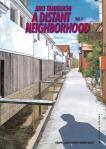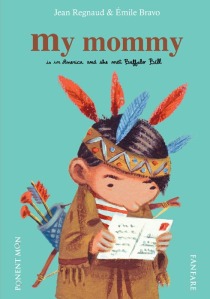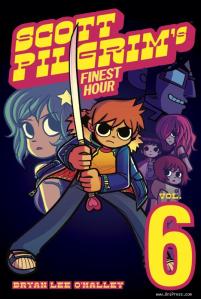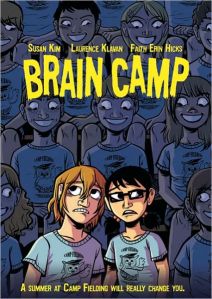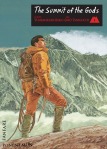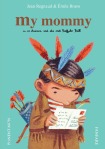 There are some truly terrifying titles on this week’s ComicList, though I think I found a promising Pick of the Week. My home blog choice is probably a result of weird shipping schedules, but for whatever reason, the second volume of Jiro Taniguchi’s The Summit of the Gods (Fanfare/Ponent Mon) is arriving at the local comic shop, and I’m delighted. Here’s a bit of my review of the first volume:
There are some truly terrifying titles on this week’s ComicList, though I think I found a promising Pick of the Week. My home blog choice is probably a result of weird shipping schedules, but for whatever reason, the second volume of Jiro Taniguchi’s The Summit of the Gods (Fanfare/Ponent Mon) is arriving at the local comic shop, and I’m delighted. Here’s a bit of my review of the first volume:
“Taniguchi is the ideal illustrator for this kind of material that has both epic scale and intimacy. If the crux of your story is the estimation of landscapes and people, it behooves you to find an artist that can capture the menace and nuance of both, and a writer is unlikely to find anyone better at that than Taniguchi. (As absent as women are from the narrative, it’s nice to read in a text piece that a woman made the collaboration possible, playing matchmaker for Baku and Taniguchi.) Taniguchi is probably the foremost renderer of the middle-aged man that I can think of. They wear their experiences, which is even more evident in a story like this that tracks Habu through the years. Just watching the ways that Habu ages is fascinating. And as far as landscapes and the physicality they demand of puny humans, do I even need to bother praising Taniguchi on that front? Icy cliff faces, Nepalese back alleys, Tokyo urbanity, leafy mountain trails… there’s no setting Taniguchi can’t conquer.”
Other than that, I’m intrigued by a light novel from Yen Press, Mizuki Nomura’s Book Girl and the Famished Spirit. I’m not a big follower of light novels, but Erica (Okazu) Friedman made a very persuasive case for Book Girl and the Suicidal Mime in her guest review.
What looks good to you?








